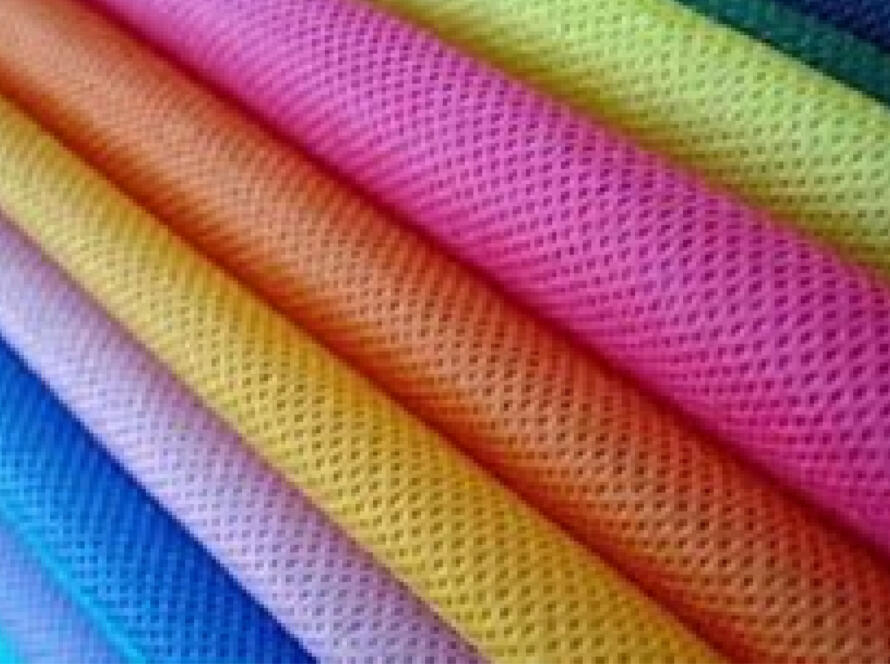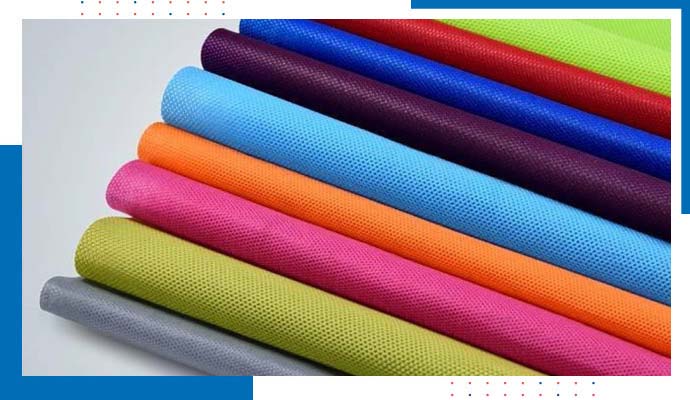When you hear “non-woven polypropylene,” your mind probably jumps to the reusable shopping bags that have become a staple of modern life. While these bags are a fantastic example of the material’s durability and eco-friendly potential, they only scratch the surface of what this incredibly versatile fabric can do.
Non-woven polypropylene is an engineered material, created from fibres bonded together through chemical, mechanical, or thermal treatment. This process gives it a unique set of properties: it’s lightweight yet strong, breathable, water-resistant, and cost-effective to produce. These qualities make it a silent hero in numerous industries.
Let’s explore five surprising applications where non-woven polypropylene is making a significant impact.
1. Agriculture: Protecting Our Food Supply
Long before our food reaches the grocery store, non-woven fabrics play a vital role in protecting it. Farmers and commercial growers use this material as:
- Crop Covers: Shielding plants from harsh weather, frost, and damaging insects, while still allowing sunlight, water, and air to permeate.
- Weed Control Barriers: Laid on the ground, the fabric blocks sunlight to prevent weed growth, reducing the need for chemical herbicides and promoting healthier soil.
- Seed Blankets: Protecting seeds from being eaten by birds or washed away by rain, ensuring a higher germination rate.
In agriculture, this fabric helps increase crop yields, reduce reliance on chemicals, and conserve water, making it a key component of modern, sustainable farming.
2. Medical and Hygiene: The Guardian of Health
In environments where sterility and safety are paramount, non-woven polypropylene is an essential material. Its ability to provide an excellent barrier against bacteria and fluids, combined with its softness and breathability, makes it ideal for:
- Surgical Gowns, Masks, and Drapes: Creating a sterile barrier to protect both patients and healthcare professionals.
- Disposable Bed Linens: Used in hospitals to prevent cross-contamination.
- Hygiene Products: It’s a critical component in diapers, sanitary napkins, and adult incontinence products, providing a soft, moisture-wicking layer that keeps skin dry and comfortable.
3. Construction: Building a Stronger Foundation
Beneath our roads, buildings, and landscapes lies a hidden layer of strength, often provided by non-woven geotextiles. In the construction industry, this fabric is used for:
- Soil Stabilization: When building roads or railways, it separates layers of soil and aggregate, preventing them from mixing and adding stability.
- Filtration and Drainage: It’s used to wrap drainage pipes or line trenches, allowing water to pass through while preventing soil particles from clogging the system.
- Erosion Control: On hillsides or shorelines, it helps hold the soil in place, preventing erosion from wind and water.
Its strength and permeability make it an indispensable tool for civil engineers building more durable and long-lasting infrastructure.
4. Furniture and Bedding: The Hidden Comfort
Take a look under your sofa or mattress, and you’ll likely find non-woven polypropylene. It’s the go-to material for many hidden components in furniture manufacturing, including:
- Dust Covers: The black fabric on the underside of chairs and sofas is almost always non-woven.
- Pocket Spring Casings: In high-quality mattresses, individual springs are often encased in non-woven fabric pockets, allowing them to move independently for better support.
- Internal Linings: It’s used inside furniture to separate foam from the frame, adding durability and structure.
5. Filtration: The Invisible Purifier
The fibrous, web-like structure of non-woven fabric makes it an exceptional medium for filtration. It can be engineered to have a specific pore size to trap particles while allowing air or liquid to flow freely. You can find it in:
- Air Filters: In HVAC systems for homes and cars, it captures dust, pollen, and other airborne particles.
- Liquid Filtration: Used in everything from industrial chemical processing to residential water purifiers.
- Food and Beverage: Certain non-woven fabrics are used to filter coffee, tea (in tea bags), and other liquids.
The Potential is Limitless
From the farm to the operating room, non-woven polypropylene is a testament to material innovation. Its adaptability, strength, and cost-effectiveness ensure that its applications will only continue to grow. So, the next time you pick up a reusable bag, remember that you’re holding just one small piece of a much larger story.
At Speed Fabric, we are proud to manufacture this incredible material, providing high-quality, sustainable solutions that empower industries around the world.


